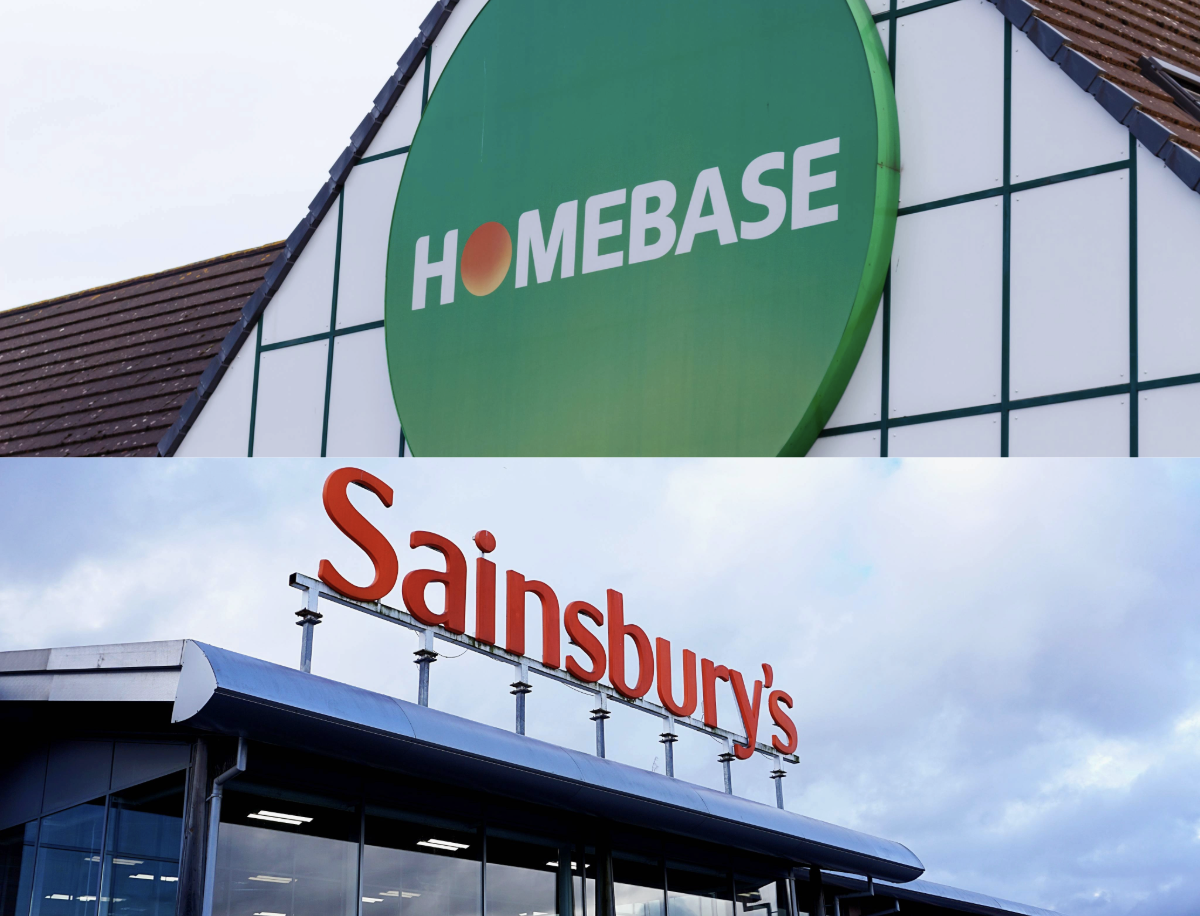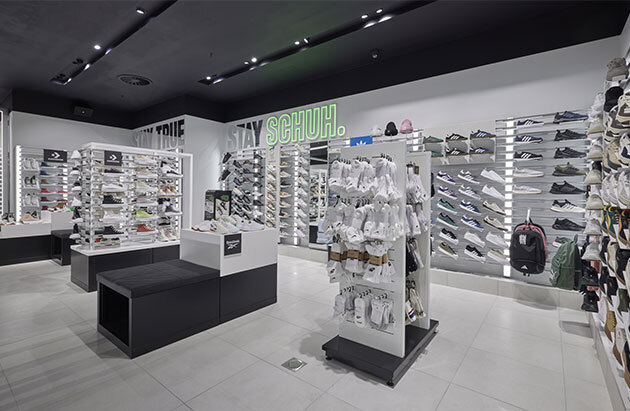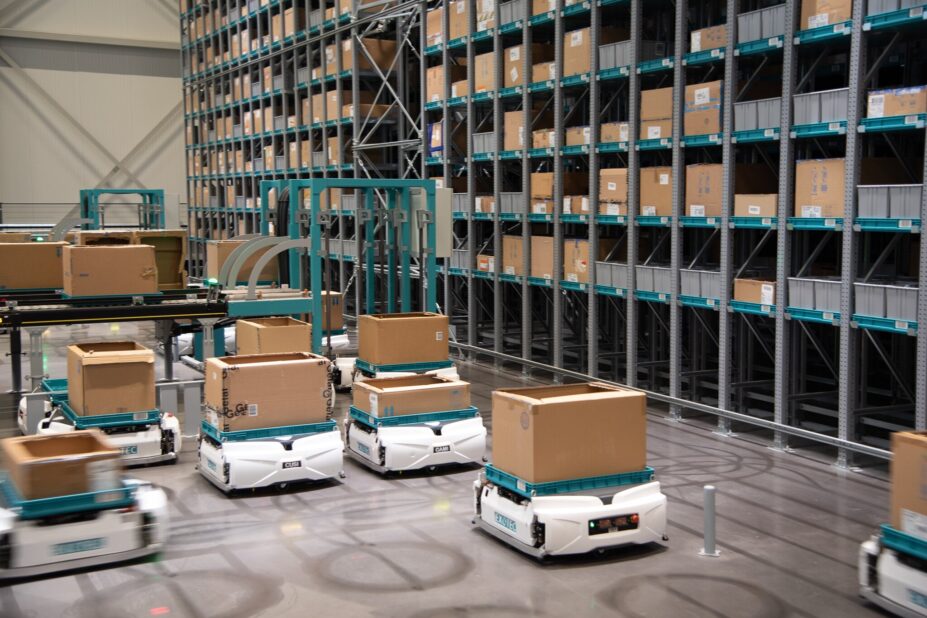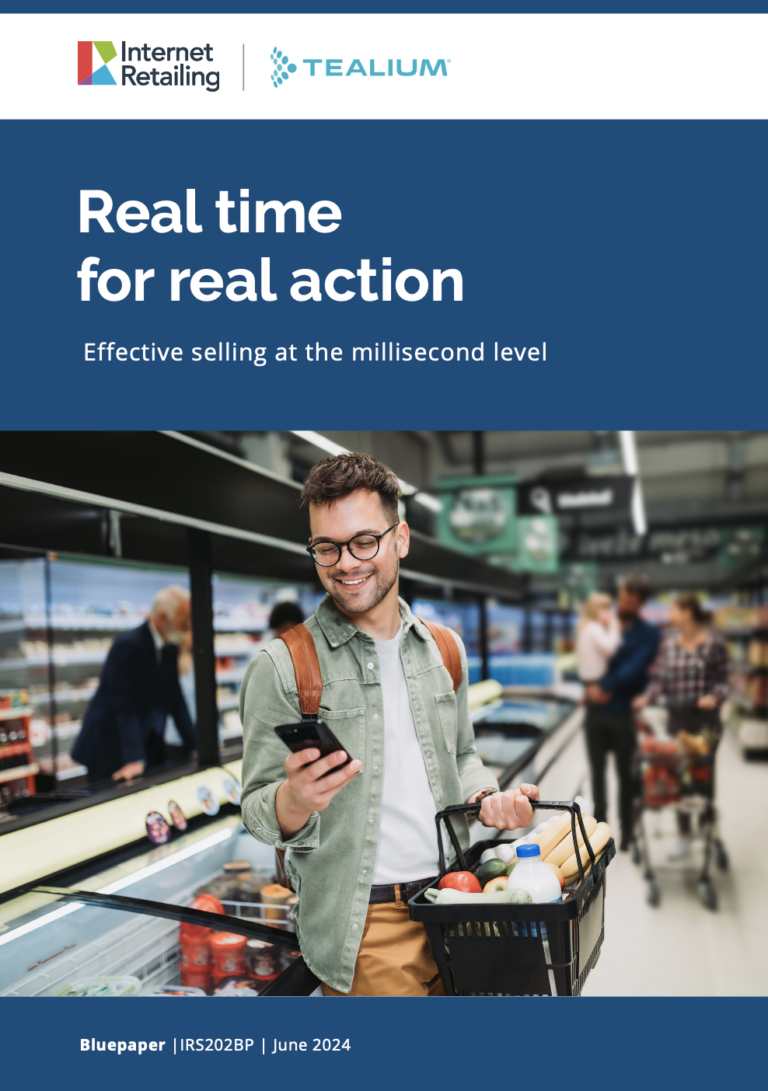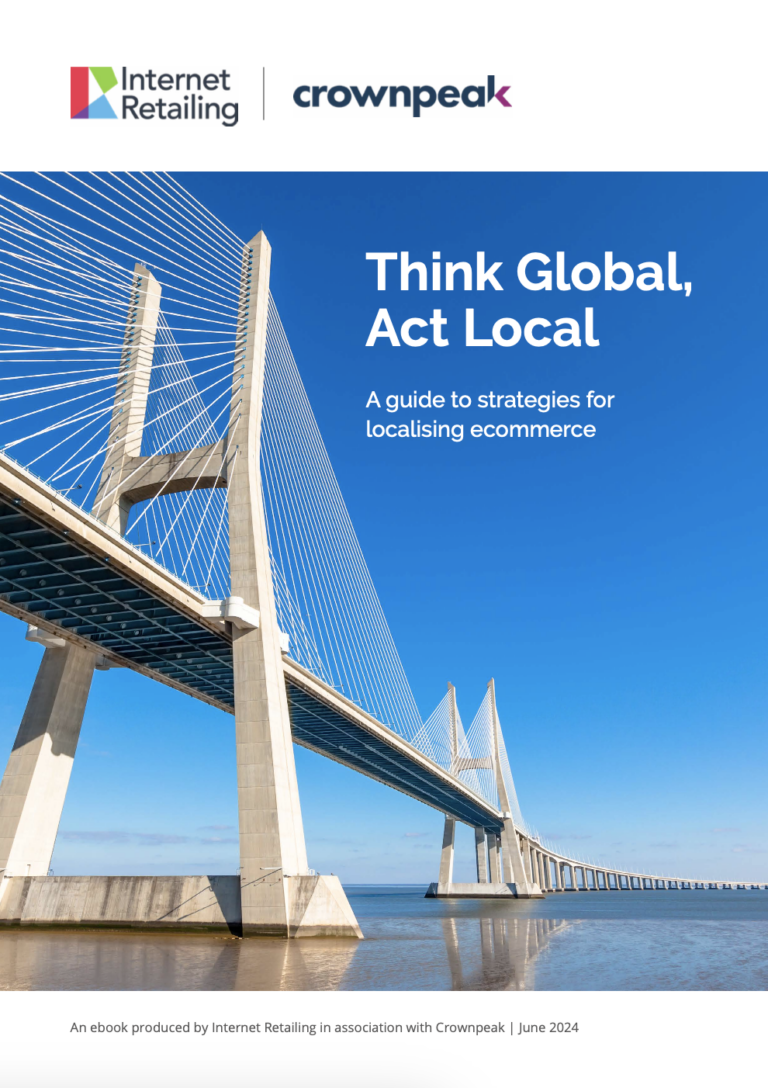Bruce Fair, chief revenue officer at MetaPack, explains how retailers can use “ship from store” to make use of their real estate while cutting logistics costs.
Peak notwithstanding, the retail market is in a state of flux and store closures have reached record levels over the past year. Many long-established brick and mortar outlets are finding it difficult to manage rising rent and rates and changes in consumer behaviour, in particular the move to online channels.
Retailers with legacy store estates have a choice. They can close down their physical stores if their cost base is unsustainable. Or, they can diversify and provide new store solutions that meet consumer desires for omnichannel shopping and delivery.
Physical stores still have much to offer, particularly in reinforcing the connection between the customer and the brand. It is important to touch products, even if customers then order online and have them delivered.
The lines between digital and physical retail are blurring, particularly when it comes to delivery and it is the cost, experience and convenience of brand interactions that resonates most with consumers. Recent research carried out by MetaPack found that 50% of consumers have elected to collect online purchases from stores which is why retailers should look at new options that combine both convenience and the in-store experience.
This is where ship from store comes in. It is an opportunity to better utilise physical store networks, and to support and enhance often stretched warehouse logistics. The ship from store model supports the blurring of digital and physical lines, using store stock to fulfil not only online orders, but out-of-stock requests from nearby stores, and the later delivery of goods purchased in store. By populating the distribution network, stores become mini warehouses, with retailers able to increase the items that they ship, improve stock dispersion and availability and provide a broader choice of delivery options.
Speed is of the essence when it comes to shopping. The MetaPack consumer research found that 45% of EU shoppers were likely to use a one-hour delivery option if it was available. There is, therefore, a strong case for achieving this by adopting a hyper-local approach. Where single stock out-of-town warehouses will struggle to fulfil a one-hour request, urban-based stores conversely are well positioned and will be flexible enough not only to deliver to multiple nearby home and office locations but also to PUDOs or through a collect-in-store service.
Managing stock to match availability with demand is a constant challenge. Goods can be missed by customers in-store and left on shelves for too long, but with ship from store, those goods can be picked to fulfil an online order. Not only does the item benefit from being exposed to a bigger audience, it is also likely to sell more quickly and reduces the likelihood of it needing to be marked down.
For those retailers whose carbon footprint is a consideration, ship-from-store provides multiple benefits, particularly if their depots are located far from urban areas. The reduction in transportation will improve air pollution and have a positive impact on traffic congestion. In addition, hyper-local deliveries save money for retailers and increase convenience for the customer who benefits from the close proximity of the store to their home speeding up delivery times. It also reduces costs in warehouses, removing the necessity to transfer stock from stores to warehouses before sending to other stores or to the consumer.
It’s important not to underestimate the challenges involved in reconfiguring part of the physical store to create a mini-warehouse, and there are complexities inherent in liaising with carrier services so that instead of just receiving goods from them, retailers are equipped to pack, label print and despatch items for them to deliver. However, advice and technology are available to support the adoption of ship from store, to provide a single view of inventory and dynamically route orders regardless of the sales channel.
The pressure on retailers will not ease up, but investing in a new model that allows them to deliver a scalable, maintainable solution that positively uses their physical footprint, will also put them back in the driving seat, and back in competition with online giants including Amazon and Alibaba.
Those that can find the sweet spot between managing the cost to serve and meeting the ever more exacting expectations of omnichannel consumers will not just survive, they will thrive.



